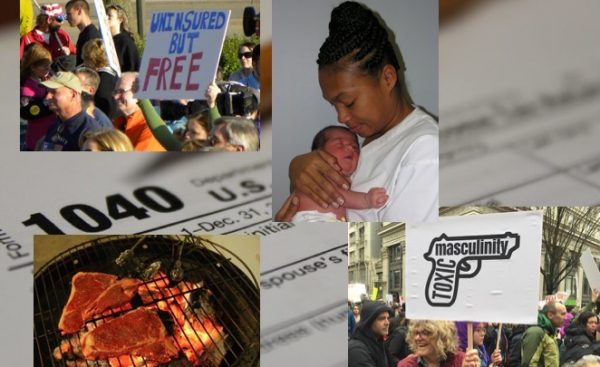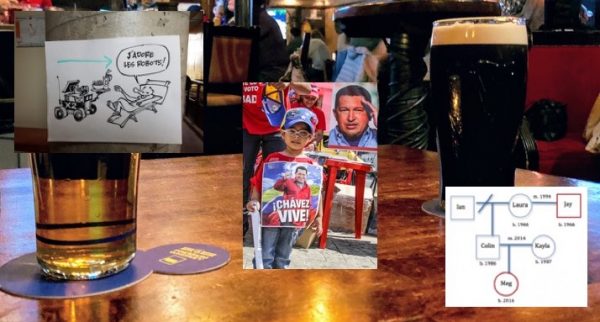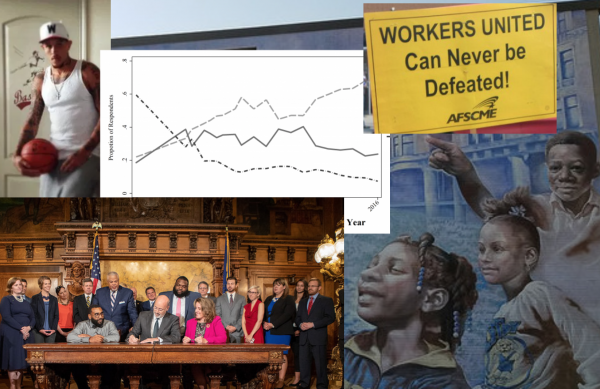
Hello! This week we’ve got social science research on the expanding field of journalism, indigenous identities, and the future of public education.
There’s Research on That!:
“Drones, Journalists and Hackathons,” by Allison J. Steinke. As the field of journalism expands beyond reporters and editors to other content creators like WikiLeaks, we rounded up research on these newcomers and the future of journalism.
Discoveries:
“Indicating Indigenous Identity,” by Neeraj Rajasekar. New research in Sociology of Race and Ethnicity discusses how Indigenous People in the United States use different strategies to “prove” their group heritage.
Clippings:
“Officiant-Friends and Wedding Norms,” by Allison Nobles. The Atlantic talks with sociologist Ellen Lamont about why more couples are choosing to have their friends marry them.
“The Necessity of Public Schools,” by Jean Marie Maier. Vox talks about the future of public education with Adia Harvey Wingfield.
From Our Partners:
Contexts:
“In Public office, Out of the Public Eye,” by Emily Campbell.
Sociological Images:
“Contemptible Collectibles,” by Jacqueline Clark.
Council on Contemporary Families:
“Gender, Tech Jobs, and Hidden Biases that Make a Difference,” by Koji Chavez.
Social Studies MN:
“The Center for Holocaust and Genocide Studies,” by Brooke Chambers.
And from the Community Pages:
- Center for Holocaust and Genocide Studies ponders what Americans knew about the Holocaust in the 1930s and 40s.
- Dispatches from a Dean highlights Earth Day and cities.






 Welcome back! This week on TSP we’ve got social science research on intimate partner violence, male victims of sexual assault, and how lynchings matter for current punitive attitudes. We’ve also got sociological takes on unplanned pregnancies and civil justice.
Welcome back! This week on TSP we’ve got social science research on intimate partner violence, male victims of sexual assault, and how lynchings matter for current punitive attitudes. We’ve also got sociological takes on unplanned pregnancies and civil justice. Hello sociology-fans! This week we’ve got new research on how gender matters for beer ratings, why senior citizens are spending more to help their grandchildren, and how The Great British Baking Show can help you give effective feedback.
Hello sociology-fans! This week we’ve got new research on how gender matters for beer ratings, why senior citizens are spending more to help their grandchildren, and how The Great British Baking Show can help you give effective feedback. Welcome back! This week we’ve got sociological takes on the meaning of prison tattoos, how gender matters for regretted hookups, and masculinity in a recent Gillette ad. To wrap up Black History Month, we reflect on three Black women who contributed to sociology in its early days.
Welcome back! This week we’ve got sociological takes on the meaning of prison tattoos, how gender matters for regretted hookups, and masculinity in a recent Gillette ad. To wrap up Black History Month, we reflect on three Black women who contributed to sociology in its early days.